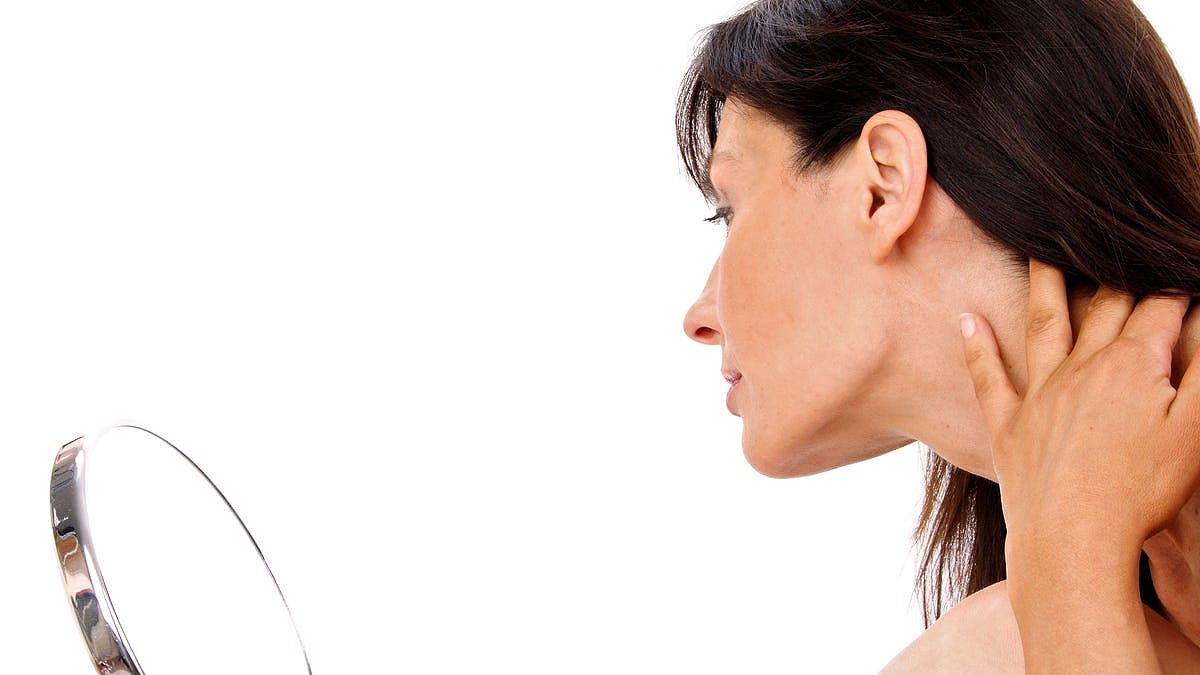The Controversial Practice of Mewing: Separating Fact from Fiction

Explore the concept of mewing, its alleged benefits, and the skepticism from the scientific community. Learn about the lack of scientific evidence and controversies surrounding mewing.
Understanding Mewing: Separating Fact from Fiction
Mewing is a controversial practice that has gained attention in recent years. In this article, we will explore the concept of mewing, its alleged benefits, and the skepticism from the scientific community. We will separate fact from fiction and provide you with a comprehensive understanding of this practice.

( Credit to: Usatoday )
What is Mewing?
Mewing involves placing the tongue against the roof of the mouth to improve jaw alignment and potentially alter the shape and appearance of the jawline and face. Advocates claim that it is a non-invasive technique that can enhance the aesthetic appeal of the jawline, improve breathing, alleviate temporomandibular joint (TMJ) issues, and even correct tooth alignment. Some proponents even suggest that mewing can help achieve a slimmer chin.
The Resurgence of Mewing and Its Controversies
Mewing was initially introduced in the 1970s but has experienced a resurgence in popularity, especially among younger generations through platforms like TikTok and YouTube. Influencers and proponents of mewing have attributed their well-defined jawlines to this practice, leading to the circulation of numerous ‘before and after’ images. However, it is important to note that many of these images have been digitally altered or misleadingly claimed as results solely from mewing.
Despite its growing popularity, mewing has faced significant controversy. The primary source of information on mewing, the London School of Facial Orthotropics, is founded and funded by Dr. John Mew himself, the main proponent of this practice. The orthodontic and maxillofacial communities have widely criticized mewing, particularly for adult patients. Dr. John Mew has even lost his dental license due to misconduct, and his son, Mike Mew, has faced investigations for inappropriate or misleading patient treatment.
The Lack of Scientific Evidence
Despite the claims made by mewing enthusiasts, there is currently no scientific evidence to support the long-term effectiveness of mewing in altering jaw structure or appearance. While temporarily adjusting one’s tongue posture may create a subtle improvement in the visual aspect of the jawline, it does not offer the same transformative results as surgical interventions or facial treatments.
Expert Opinions on Mewing
Dr. Catherine Chang, a plastic and reconstructive surgeon, cautions against placing excessive faith in mewing. She advises that while mewing may offer temporary visual improvements in photographs, it cannot replace the transformative effects of surgical procedures, fillers, or other facial treatments.
Conclusion: Approach Mewing with Skepticism
While mewing has gained attention and a significant following on social media platforms, it is crucial to approach this practice with skepticism. Despite claims of its benefits, there is currently no scientific evidence to support the long-term effectiveness of mewing in altering jaw structure or appearance. It is essential to consult with qualified healthcare professionals and rely on evidence-based practices when seeking to improve one’s facial aesthetics or address any underlying health concerns.
